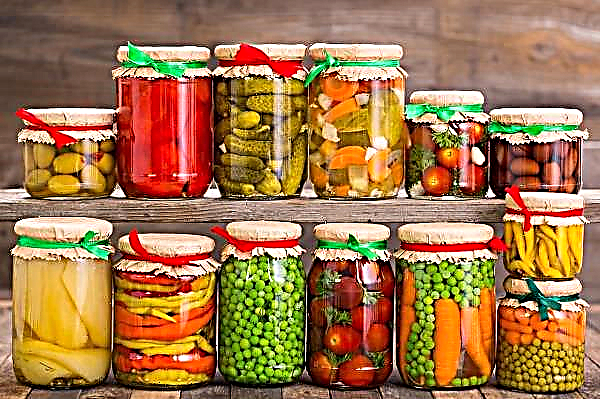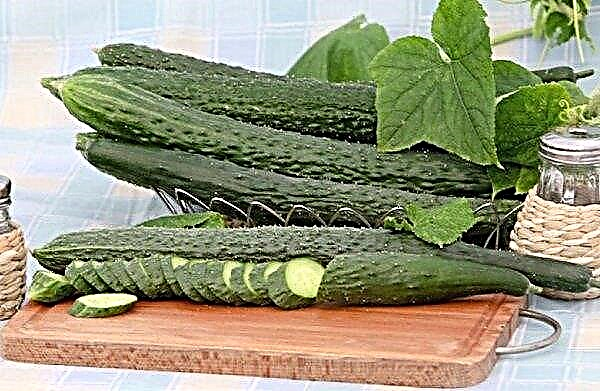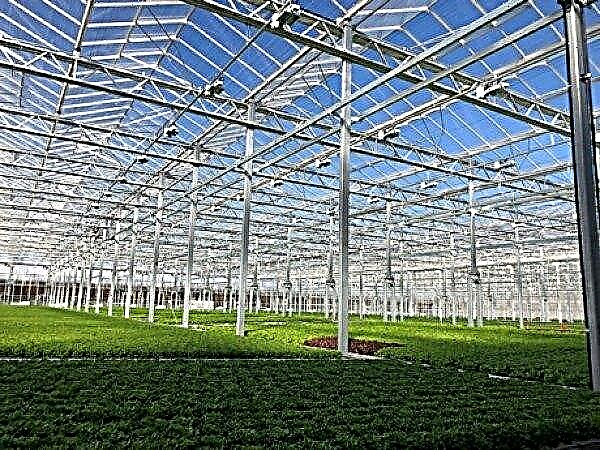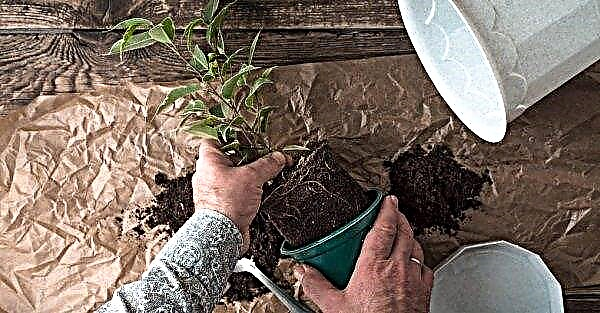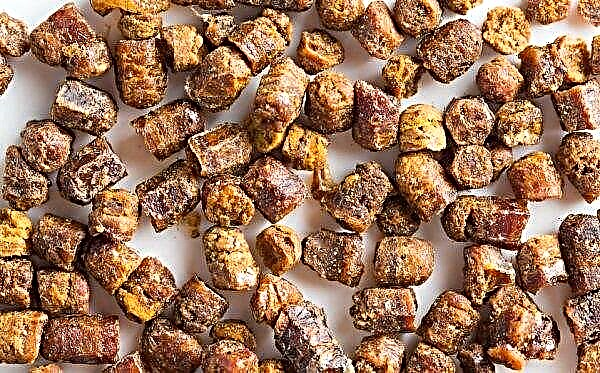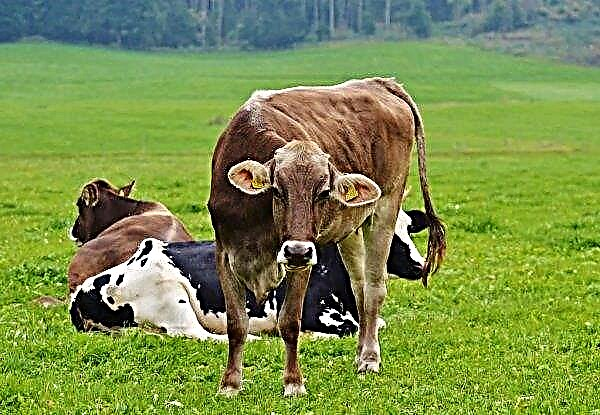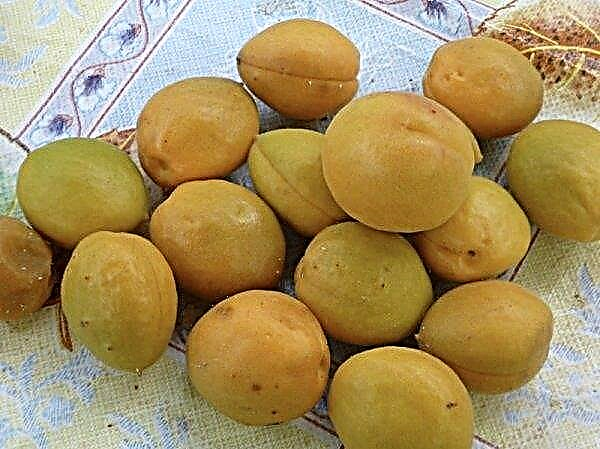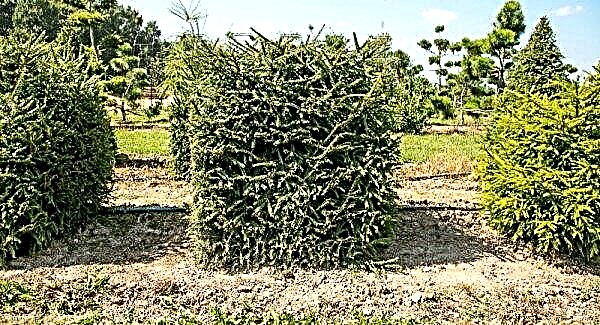Bees are the most interesting creations of nature. They not only sting, but also play an important role in the daily life of a person. Pollinating plants, they increase the yield of food crops and this is important for the ecology and economy of states. About what exactly bees are useful, read further in the article.
Bee in nature
The sad news is that the number of bees around the world is declining.. The exact cause of the phenomenon is still unknown, but it is believed that this is due to everyday human activities: the destruction of the natural habitat of these insects, the excessive use of chemical fertilizers and climate change.  Therefore, the conservation and reproduction of winged toilers is an extremely important process for man and nature.
Therefore, the conservation and reproduction of winged toilers is an extremely important process for man and nature.
Bee functions in nature
- The main functions of bees are several:
- pollination. To germinate, plants need to transfer pollen from the stamens to the pistil. In fact, pollinators play a key role in every third product we eat. Without them, many plants would perish;
- plant growth. Bees participate in the pollination of berries and fruits, which serve as food for other animals. Some species dig burrows underground, thereby contributing to soil aeration. They contribute to its healing in the long run;
- production of beekeeping products;
- participation in the ecosystem. They help build houses for other creatures: insects, animals, and birds that need trees, flowers, and shrubs. They are also part of the food chain. Birds, spiders, dragonflies use them as a food source.
The importance of bees to the ecosystem is simply huge: contributing to the healthy growth of flowers, trees and other plants, they create the conditions for the life of other creatures.
Did you know? In one flight, the bee will visit from 50 to 100 flowers.
Habitat
Researchers believe that the original habitat of the honey bee was a tropical climate and dense forests. Now they are common in various climatic zones. Although they prefer to live in gardens, forests, meadows and other places where there is an abundance of flowering plants. In their natural habitat, they build nests inside tree cavities and under the edges of objects to hide from predators - birds or dragonflies.

Species common in temperate climates, such as European honey bees, can produce far more honey than others. This is because they need more food to maintain the temperature of the nest in the winter. They adapt well to their environment and can live both in the wild and in the apiary.
Did you know? The queen bee can live up to 5 years. It is most busy in the summer months, when the family should be as developed as possible. At this time, the uterus lays up to 2500 eggs per day.
Bee for man
Bees are the key to part of our food abundance. Collecting nectar, they spread pollen, thereby participating in the process of fruit formation and affecting productivity. Without pollination, the yield would be extremely low - from 5 to 20% of what is usually harvested.
In addition, these insects produce honey and other bee products. In favorable weather, 1 bee collects 15 mg of pollen and 30–40 mg of nectar per day. To collect linden honey in an amount of 1 kg, these insects will make up to 25 thousand sorties. And if the plants are weak honey plants, then up to 100 thousand.

Beekeeping employs hundreds of thousands of people around the world, thereby contributing to economic growth. For cabbage, broccoli, avocado and cucumbers, these insects are the main pollinators. In addition to food crops, bees also pollinate industrial crops such as cotton, clover. Cotton is used in many different manufacturing processes. A clover provides green mass for cattle. They also disperse small plant seeds.
As a “producer of honey" and other products
It is believed that the honeybee industry has no analogues in effectiveness. Inside the hive, each of them has its own special work. Most of them collect only pollen or nectar. When a bee sucks nectar from a flower, it stores it in a special honey stomach for transferring the product to bees packing honey in the hive combs.
If the insect is hungry, it opens the valve in this special stomach, and part of the food passes into its own stomach, and then is converted into energy necessary for life. A winged toiler can carry a load of nectar almost equal to its weight. But even the most advanced aircraft takes off with a weight of no more than 1/4 of its own.
Important! Medicines using bee subpestilence have no contraindications and do not cause allergies. Use them to restore balance in the body, improve the functioning of the hematopoiesis system, strengthen immunity.
The introduced nectar is transmitted by insects to each other until the moisture content in it drops from 70% to 20%. This is the process of converting nectar into honey. It is placed in a honeycomb and sealed with wax. If pollen is mixed with nectar, bee bread is obtained, which bees feed their larvae. Forager bees begin to fly out of the hive to collect pollen at the age of 3 weeks. In the summer they live very little, until about 7 weeks.

During its life, the bee family collects pollen and nectar and produces:
- honey;
- wax;
- propolis.
Wax is made from wax. From pollen - perga - protein feed needed by the larvae, and royal jelly. Also, people collect bee venom, and from dead bees make death.
Apitherapy
Great importance of bees in medicine. Beekeeping products are becoming constituents of medicines. In addition, they are used in alternative medicine. For example, apitherapy. This is the direction in which diseases are treated with beekeeping products.
Important! Before using bee products for treatment, persons with problem skin should definitely consult a dermatologist.
- The diseases that apitherapy treats are:
- multiple sclerosis;
- arthritis;
- infections
- shingles;
- wounds and burns.
The origins of treatment begin in ancient Egypt and China. During this period, honey is used for treatment. In documents of the era of Ancient Rome, the use of bee venom for the treatment of arthritis and joint pain is found. Bee products during treatment can be applied externally, introduced into the body orally or directly into the blood.

The main beekeeping products used in apitherapy:
- bee venom;
- honey;
- royal jelly;
- propolis;
- beeswax.
Bee venom has anti-inflammatory and analgesic effects. It leads to a decrease in tissue swelling and pain. May reduce the need for traditional medicines and reduce the risk of relapse of joint diseases.
Honey has long been used topically for treating wounds.including open cuts and burns, due to its antibacterial, anti-inflammatory and analgesic properties. Medical dressings containing honey show a high degree of effectiveness in healing wounds and reducing the risk of infection.

Honey is used in the treatment of allergies. It can soothe a sore throat caused by an allergy, and acts as a natural cough suppressant. In small quantities, it contains pollen - a known allergen. The use of local honey can slowly introduce an allergen into the body, thereby creating immunity to it.
Propolis is also important for health.. It can reduce gingivitis and plaque if used to rinse your mouth. Also helps treat the mucous membrane of the mouth. Both propolis and royal jelly are used as multivitamins to improve overall health.
The value of bees is great both for nature and for people. Given the downward trend in their number in the world, in many countries there are programs to support beekeeping. Simple people can make a good contribution to this, if they are careful about the environment and do not apply spraying during their flowering period on their garden plots.


